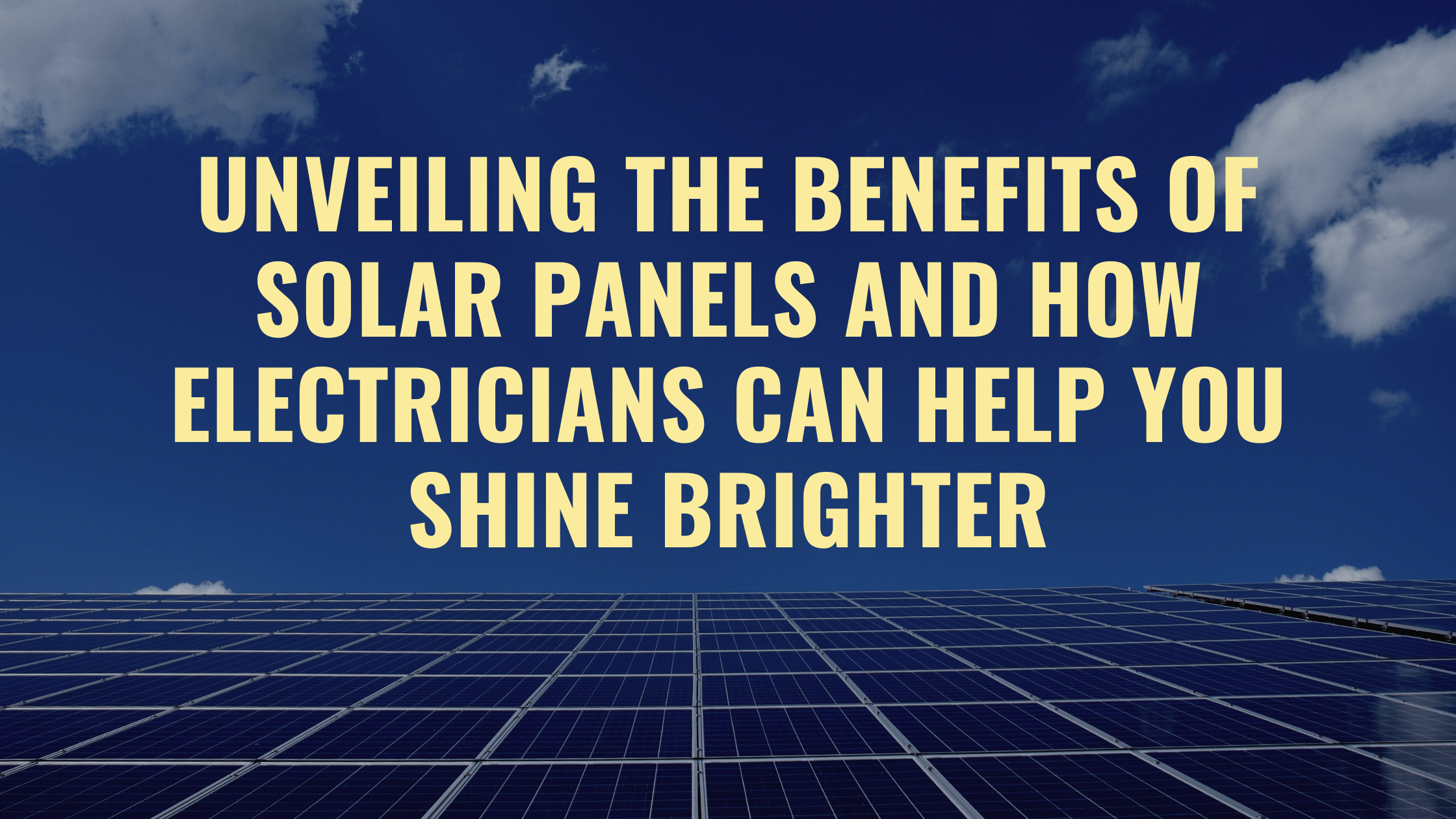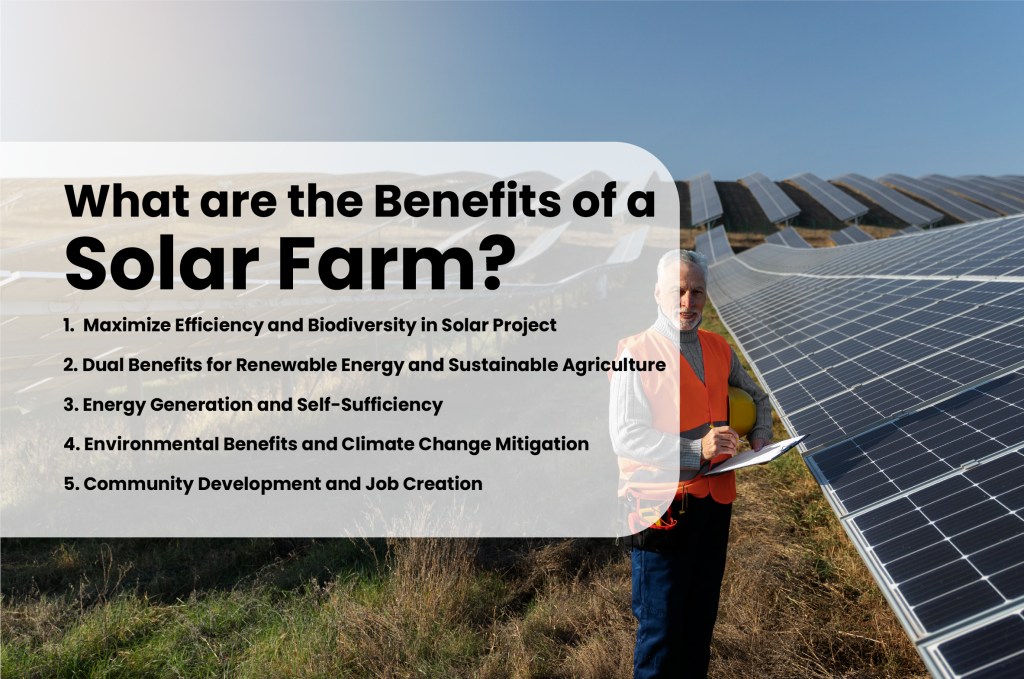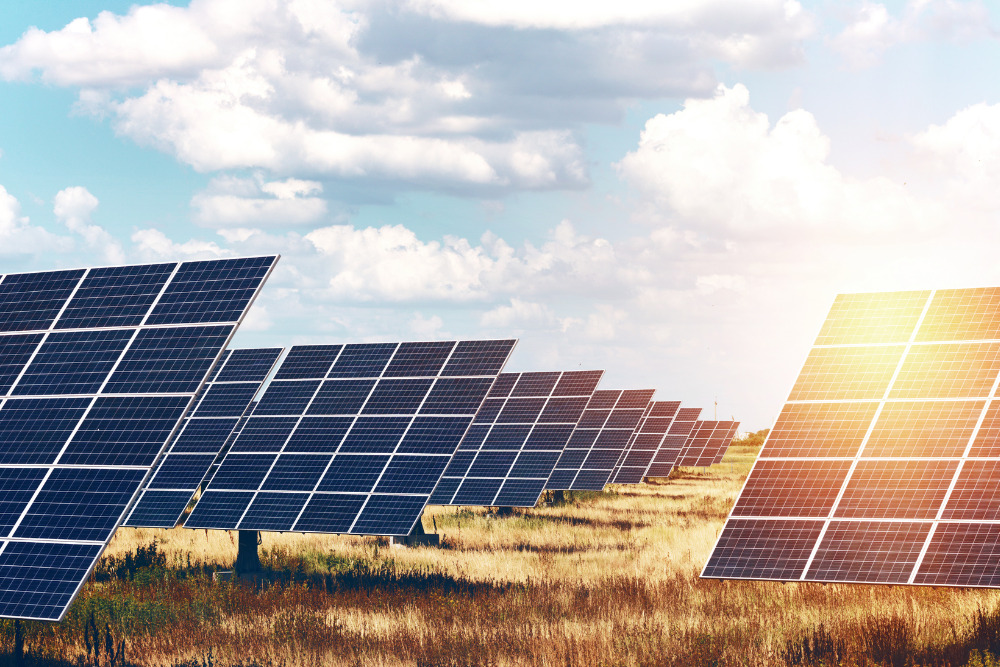Experience Cost-Effective Clean Energy with Simply Solar Illinois
Solar Power 101: A Newbie's Overview to Sustainable Energy Solutions
As the world increasingly changes in the direction of sustainable energy remedies, understanding the basics of solar power becomes necessary for both individuals and services. By exploring the advantages of solar innovation, along with the monetary rewards and installment procedures, one can acquire a more clear viewpoint on how to successfully incorporate this eco-friendly resource into their power approach.
Understanding Solar Energy
At its core, recognizing solar power entails grasping the fundamental principles of how sunlight can be converted into functional power. Solar power is originated from the sunlight's radiation, which can be taken advantage of via different modern technologies. The main device for this conversion is the solar impact. This sensation happens when sunlight strikes semiconductor materials, usually silicon-based, within solar batteries. The power from the sunshine excites electrons in the semiconductor, enabling them to move easily and produce direct current (DC) electrical power.

Recognizing solar power also involves acknowledging its environmental benefits. By making use of sunshine, we can alleviate greenhouse gas discharges and reduce air contamination, adding to a much more sustainable future. The innovations in modern technology and efficiency of planetary systems proceed to enhance their stability, making solar power a progressively appealing option for worldwide power requirements.
Sorts Of Solar Power Solutions
Various kinds of solar power systems are generally utilized to harness solar power for electrical energy generation. The main categories include photovoltaic (PV) systems, concentrating solar energy (CSP) systems, and solar thermal systems.
Solar systems make use of photovoltaic panels made up of silicon cells that convert sunlight straight into electricity. These systems are flexible and can be installed on rooftops, ground mounts, or incorporated right into building products.
Concentrating Solar Power systems, on the other hand, employ mirrors or lenses to concentrate sunlight onto a little location, producing warm that drives a heavy steam generator to generate power - Simply Solar Illinois. CSP systems are normally deployed in large nuclear power plant and require direct sunshine, making them less suitable for gloomy areas

Each type of solar energy system has its special qualities, applications, and viability depending upon geographic place, energy demands, and budget plan, making it important to review choices based upon certain circumstances. - Simply Solar Illinois

Benefits of Solar Power
Harnessing solar energy through different systems not just provides a sustainable way to generate electrical power however likewise uses a wide variety of advantages. Among one of the most substantial benefits is the decrease in greenhouse gas exhausts, adding to a cleaner atmosphere and combating environment adjustment. Solar power is eco-friendly, meaning it is inexhaustible and readily available as long as the sunlight radiates, unlike nonrenewable fuel sources, which are limited and depleting.
Furthermore, solar energy can cause significant cost savings over time. House owners and organizations can reduce their electricity expenses considerably, and in numerous cases, they may earn credit histories for excess energy generated with internet metering. Furthermore, the solar industry produces tasks, from producing to installation, boosting regional economies.
An additional compelling advantage is energy independence. By producing their own electricity, people and communities can lower reliance on exterior power sources, improving durability versus rising and fall energy rates and supply disruptions. In addition, solar power systems need marginal maintenance, making them a practical alternative for sustainable energy generation.
Installation Process Review
The installation process for solar power systems commonly includes numerous essential steps that ensure effective assimilation right into a building. Initially, an extensive website analysis is performed to evaluate the roofing system's positioning, shielding, and architectural honesty, which are critical to optimizing click this link solar panel performance. Following this analysis, the layout phase begins, where a customized solar power system is set up based upon the property owner's energy check my source requirements and choices.
As soon as the design is settled, the needed authorizations and authorizations are gotten from regional authorities, making certain compliance with guidelines. The real installation involves mounting the solar panels on the roof or ground, connecting them to an inverter, and integrating the system with the building's electric arrangement. This stage might also involve mounting battery storage space systems, relying on the layout.
With the installation complete, the solar energy system can start creating renewable energy, adding to sustainability and reducing energy expenses. This organized technique makes sure that solar systems are both effective and trustworthy, optimizing their long-term advantages.
Financial Rewards and Financial Savings
Checking out the economic incentives and cost savings linked with solar energy systems can substantially enhance the charm of making the button to renewable energy. Various incentives exist at federal, state, and regional degrees, made to reduce the preliminary expenses connected with solar setup. Among one of the most notable rewards is the government solar tax obligation credit scores, which permits property owners to deduct a percent of their solar system installation expenses from their federal tax obligations. As of 2023, this credit history stands at 30%, supplying substantial cost savings.
Along with tax have a peek at this site credit ratings, lots of states use discounts that can better lower upfront expenses. Some utility companies also provide performance-based rewards, fulfilling solar power production gradually. Financing alternatives, such as solar financings and leases, allow consumers to set up systems with little to no deposit, making solar power a lot more easily accessible.

Furthermore, solar systems can increase home values, offering a solid return on investment. Overall, the combination of incentives and financial savings makes solar power a financially appealing option for numerous homes.
Conclusion
In conclusion, solar energy stands for an essential element of sustainable energy solutions, giving a path toward reduced carbon impacts and boosted environmental management. The diverse sorts of solar power systems, combined with significant financial motivations, assist in broader fostering amongst individuals and areas. Recognizing the setup processes and advantages related to solar power encourages stakeholders to make educated decisions. Inevitably, the shift to solar power not just promotes ecological obligation but additionally promotes economic cost savings and energy freedom.